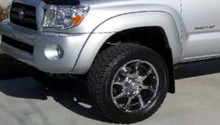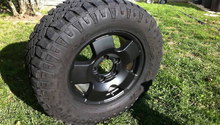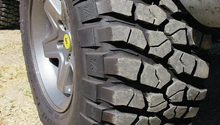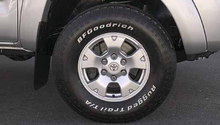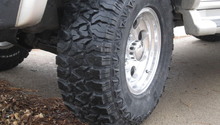Toyota Tacoma: Tire Modifications and Size Calculator
Upgrading and modifying your Toyota Tacoma's tires requires a bit more than just purchasing new ones. This guide will help you throughout the process.
This article applies to the Toyota Tacoma (1996-2015).
The Toyota Tacoma comes with well-rounded tires; meaning the stock tires are good for whatever you need, but they aren't the best at one thing. There are different types of tires, tire sizes, and even tire reads that work well for different things. So whether you know exactly what you want, or you are looking for some information regarding tires, this guide will help you in modifying the tires on your Toyota Tacoma.
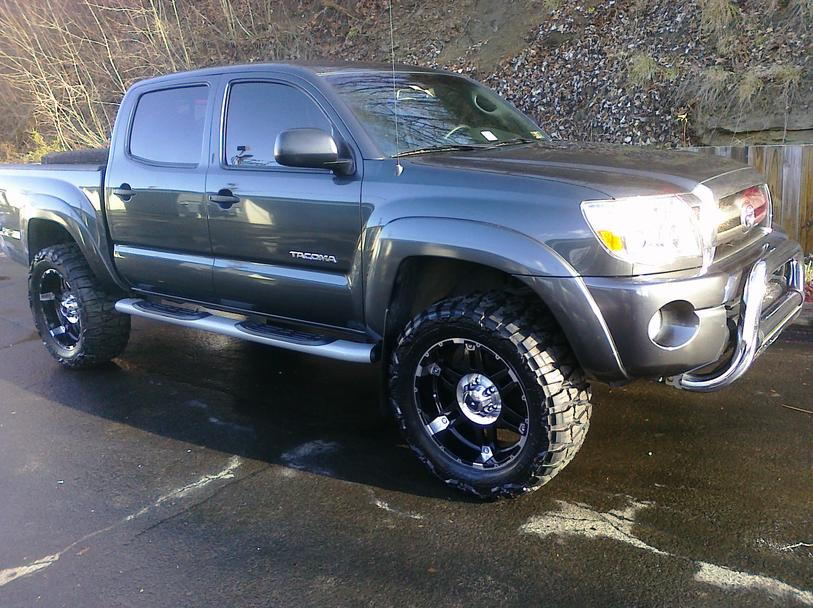
Choosing the Right Tires
Before you look into tire sizes, you first must look at your tire's needs. Look at the weather conditions you drive in everyday. There are three main types of tires: summer tires, all weather tires, and finally, snow tires. If you live in an area where it snows a lot, summer tires are probably not the best option for you. Even though the all weather tires are good, well-rounded tires, they are, again, not masters of one specific thing. After you've determined which tire is best for you, do your research when it comes to brands. There are a lot of reputable brands out there. Look for good warranties, performance, and look for what fits your budget best.

Tire Sizes
There are specific tire sizes for each vehicle, and even though you can go a little bigger or smaller, it's important you understand the size terminology before deciding on what looks best.

Each tire will have the tire size written on it. You can also find out your tires' sizes on the placard in the driver's door jamb. On the Tacoma, and this number could vary depending on the year, the tire sizes are 245/75 R16.
The first number, which is 245, represent the tire's width. So if you measure from the inside of the tire's sidewall all the way to the outside sidewall, you will measure 245 millimeters. Of course, this can be converted to inches if you're more comfortable. You can simply do so by dividing the 245 by 25.4, which will result in 9.16 inches.
The second number on the tire, which is 75, represents the aspect ratio of the tire. The aspect ratio is defined as the percentage of the sidewall height to the tire's width.
The last number, which is R16, is the size of the rims. So in the case of the Tacoma, it comes equipped with 16-inch wheels. If you want to calculate the diameter of the rim and the tire together, you just measure the tire's sidewall, from the rim to the top of the wheel, and add it to the 16 inches, which would give you an idea of how much bigger tires you can fit in there.
Choosing the Right Size
You can always go one inch bigger without any issues. However, once you go larger than that, which again, you can fit a few inches more in your wheel well, performance issues can occur. The bigger the tire, the more rubbing can occur, which means even if it can fit straight in, once you turn all the way, the tire can start rubbing and cause premature wear.
If you decide to go a little bigger in size, be sure to go to the dealership after you've installed the new tires to get the speedometer calibrated, or else it can read false speed. It's recommended you consult your dealer, as they know exactly what works best with the Tacoma.
Also, keep in mind that you can fit a 17-inch tire easily on the Tacoma, but you can fit anything wider than stock. Consider adding a lift kit before changing the tire sizes.
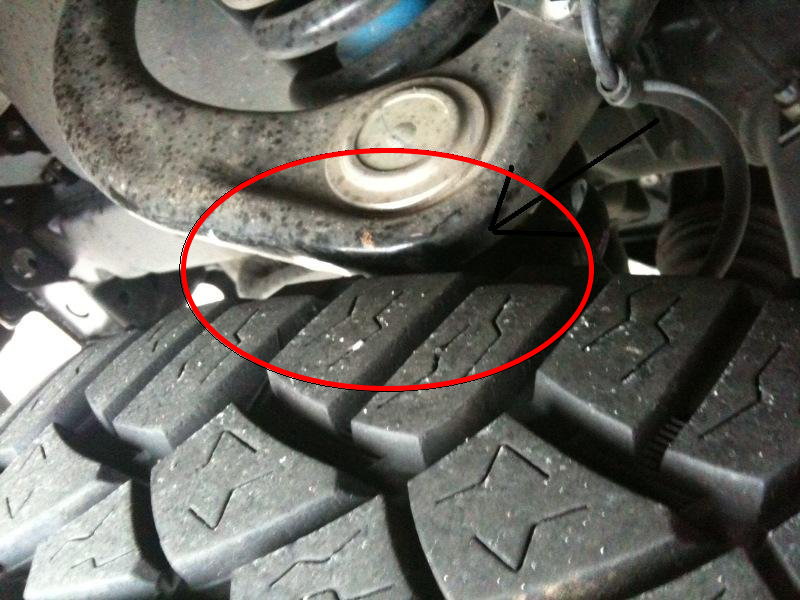
Related Discussions
- Tire Size with No Lift - YotaTech.com
- Converting Sizes - YotaTech.com
- Stock Sizes - YotaTech.com

